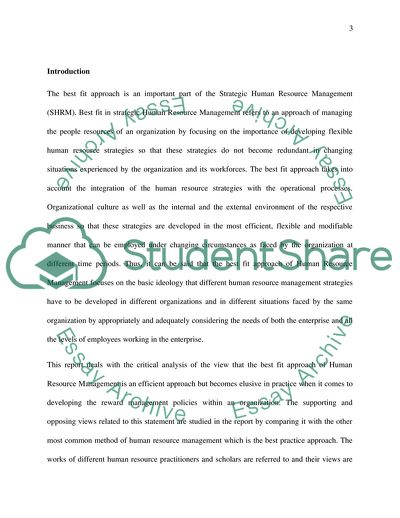Cite this document
(Employee Reward Essay Example | Topics and Well Written Essays - 2500 words, n.d.)
Employee Reward Essay Example | Topics and Well Written Essays - 2500 words. https://studentshare.org/human-resources/1864820-employee-reward
Employee Reward Essay Example | Topics and Well Written Essays - 2500 words. https://studentshare.org/human-resources/1864820-employee-reward
(Employee Reward Essay Example | Topics and Well Written Essays - 2500 Words)
Employee Reward Essay Example | Topics and Well Written Essays - 2500 Words. https://studentshare.org/human-resources/1864820-employee-reward.
Employee Reward Essay Example | Topics and Well Written Essays - 2500 Words. https://studentshare.org/human-resources/1864820-employee-reward.
“Employee Reward Essay Example | Topics and Well Written Essays - 2500 Words”. https://studentshare.org/human-resources/1864820-employee-reward.


